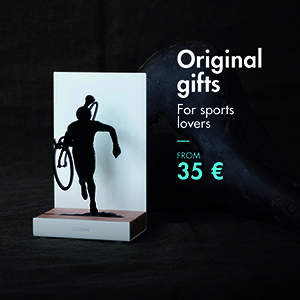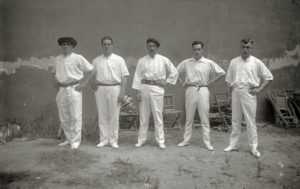
Culture and tradition
Many places and many cultures around the world practice sports or games which define them as a town, and which have also taken part in shaping their character. Even in areas where these games did not originate, they still have been assimilated as their own and have been incorporated to their collective identity, to their own traditions. Such is the case for rugby in New Zeland, baseball in Central American countries, and ping pong in China, amongst others, all of these being transformed into their own “national sports”.
We find it challenging to identify any other sport which is as deeply rooted or containing such a deep level of tradition in the spirit of the popular and the rural, as our ball game: the BASQUE BALL GAME. It is named so, being that Euskal Herria is where its exercise was preserved and modeled to our contemporary understanding and practice of it, and it is also where it was projected towards neighboring regions and other parts of the world, making its appearance in several Olympic Games: Paris 1924, Barcelona 1992, as well as Mexico in 1968.
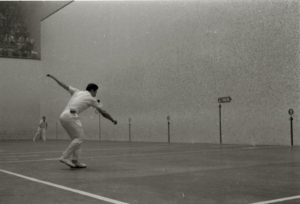
The Basque ball game can be played in different modalities and a good number of specialties within each modality, all of which serve to enrich it further. These modalities are developed within the architectural frame of the FRONTON (or a variable of the trinquet closed court), a singular and symbolic space which as too reclaimed by great artists such as the sculptors Jorge Oteiza, Néstor Basterretxea or the filmmakers Julio Médem and Fernando Larruquet: man-ball- tool-place, making this form of sport one with a highly aesthetic and plastic charge to it.
Hand, paleta, remonte, jai alai, share and other minority specialties within the modalities, can be played in singles or doubles, and have turned these ball games into events of great interest for the townspeople and neighborhoods in cities all over the Basque Country. It is a moment of concurrence not only for the spectacle, but also for the bets and the festive atmosphere which envelops it.
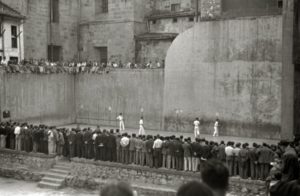
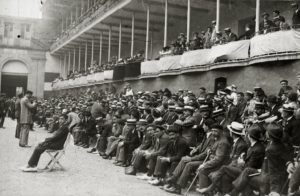
Our Silhouette: The Pelotari
A figure assumes form, it is the main character of the Euskal Herria frontones: the PELOTARI. Through our designed piece, we evoke the encounter between the player and the ball through the specialty which best connects them both without any intermediary tools: the BALL TO HAND. This is perhaps the most essential and distinctive image to this sport: the man (wearing autochthonous garments) is preparing to strike; and it is too, a gesture hinting to Oteiza’s concept of “emptiness”: the orifice within the silhouette represents the ball/object right before the moment of impact.
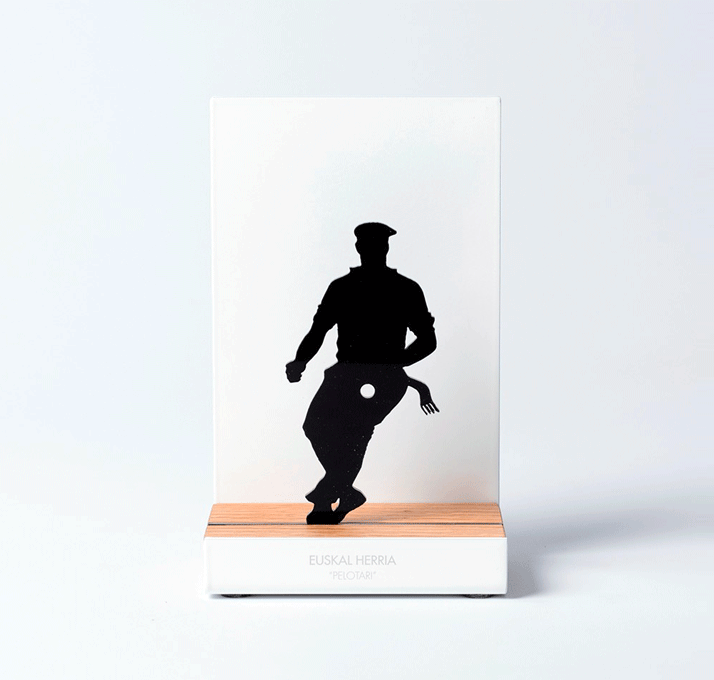
Other products with our PELOTARI silhouette applied:
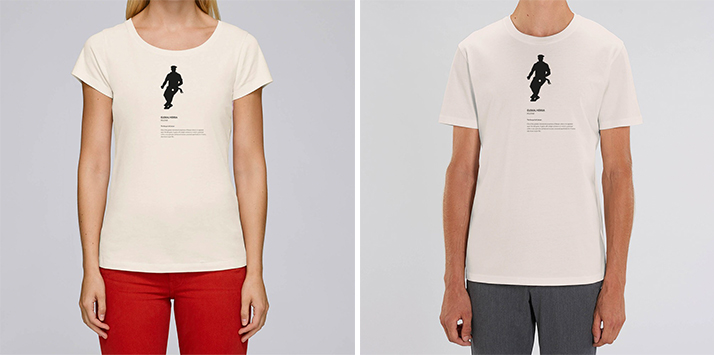
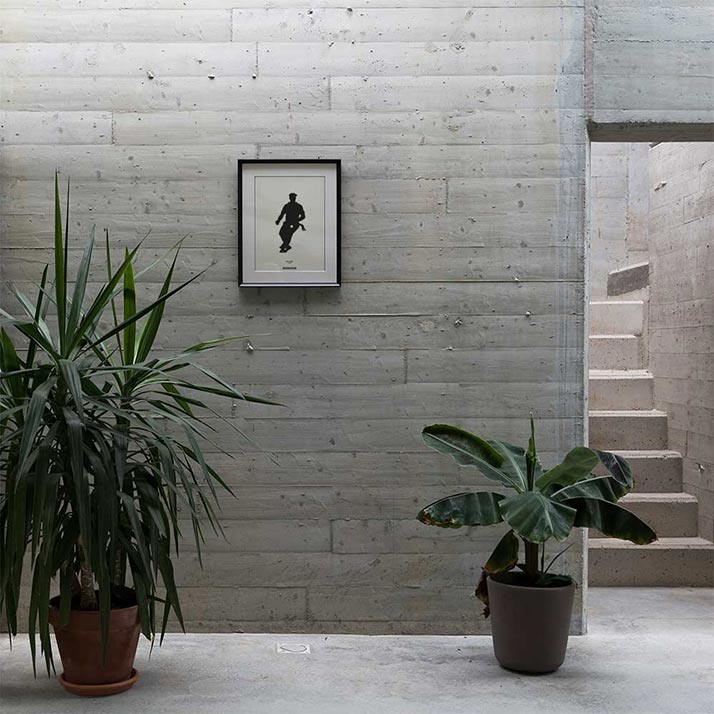
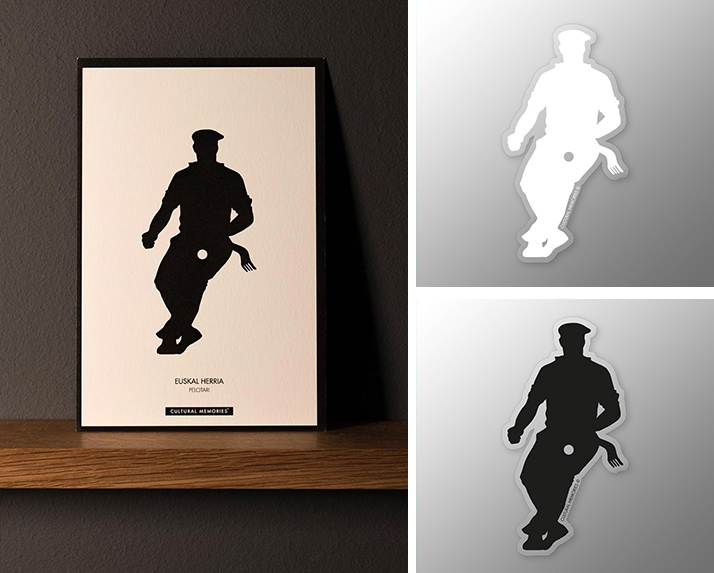
——–
Links of interest:
- Julio Médem: La Pelota Vasca: la piel sobre la piedra: https://www.youtube.com/watch?v=Jd4rce4H_JQ
- Frontones Jorge Oteiza de Azkoitia: https://www.youtube.com/watch?v=90mJ70jKdm8

